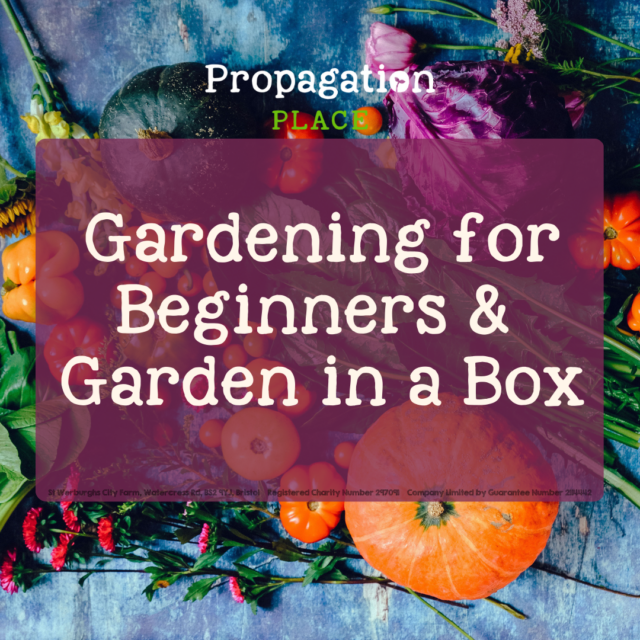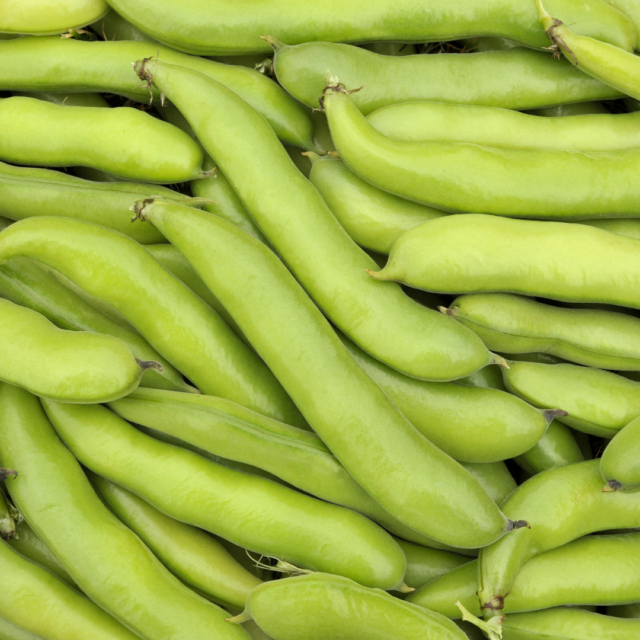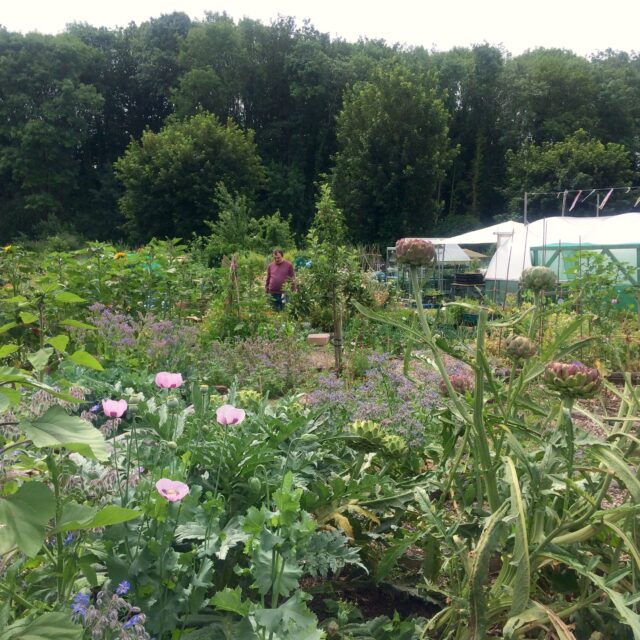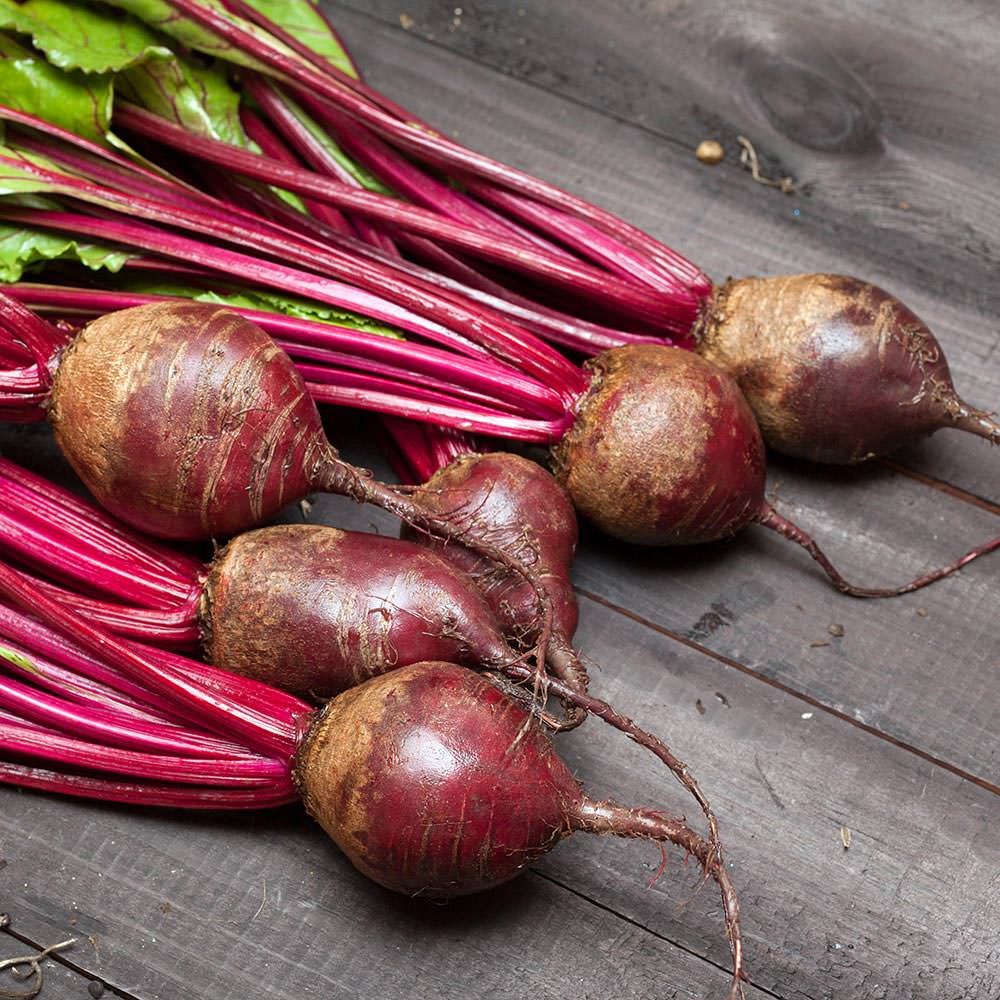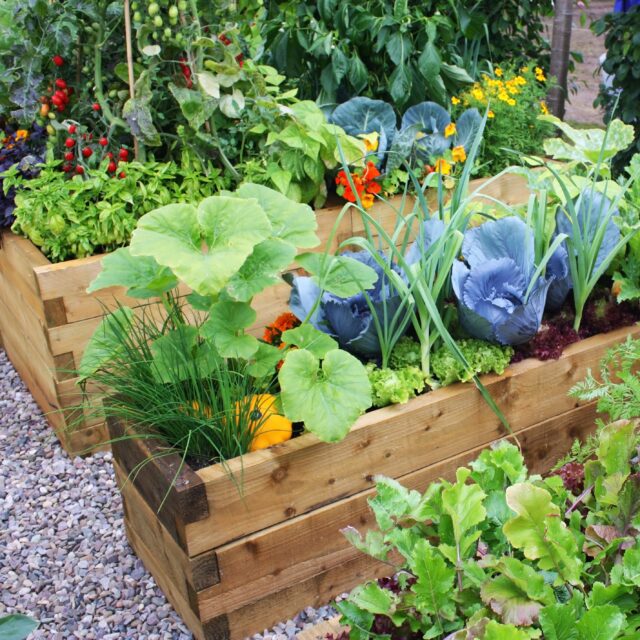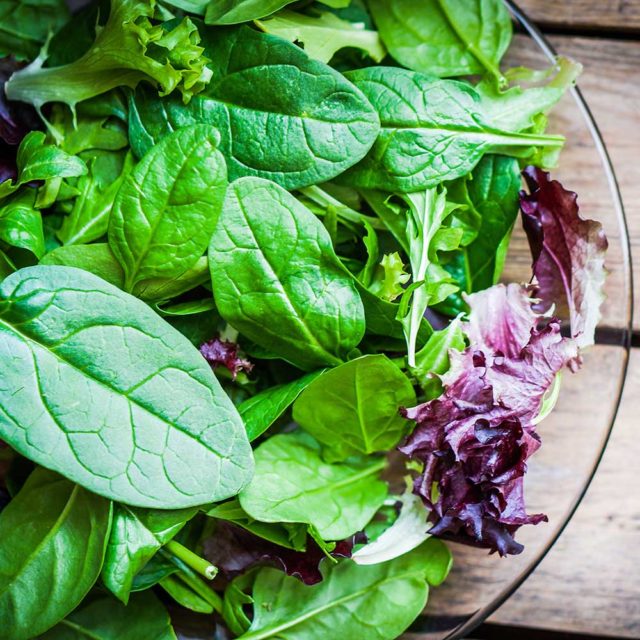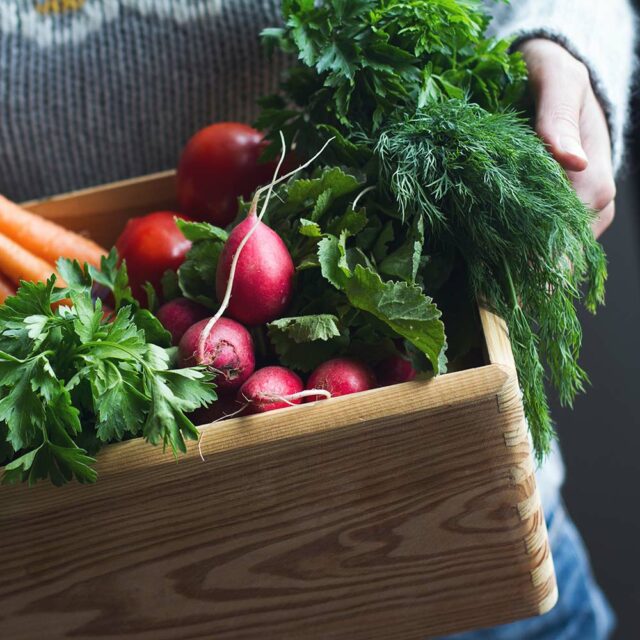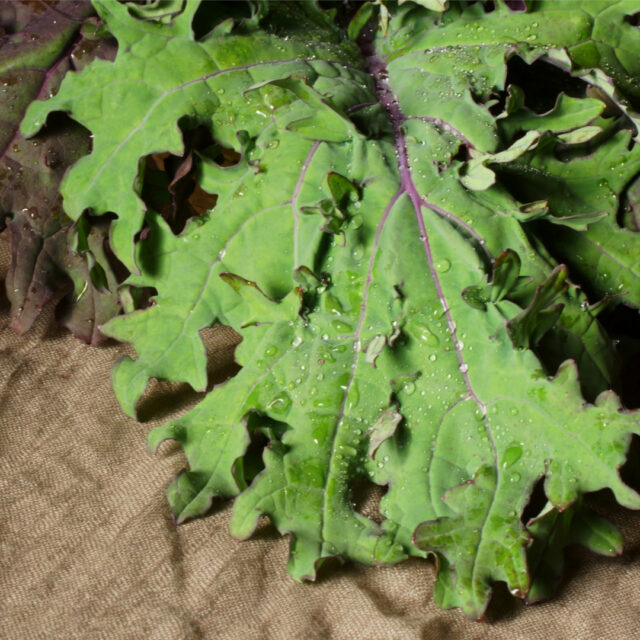To quote Tom Robbins, “The beet is what happens when the cherry finishes with the carrot.” Indeed there is something almost salacious about beetroot: its colour, texture, juiciness and depth of flavour are so distinct that its addition will enhance even the dreariest of meals. Have you seen what it does to hummus? Beautiful! So let’s learn how to grow beetroot.
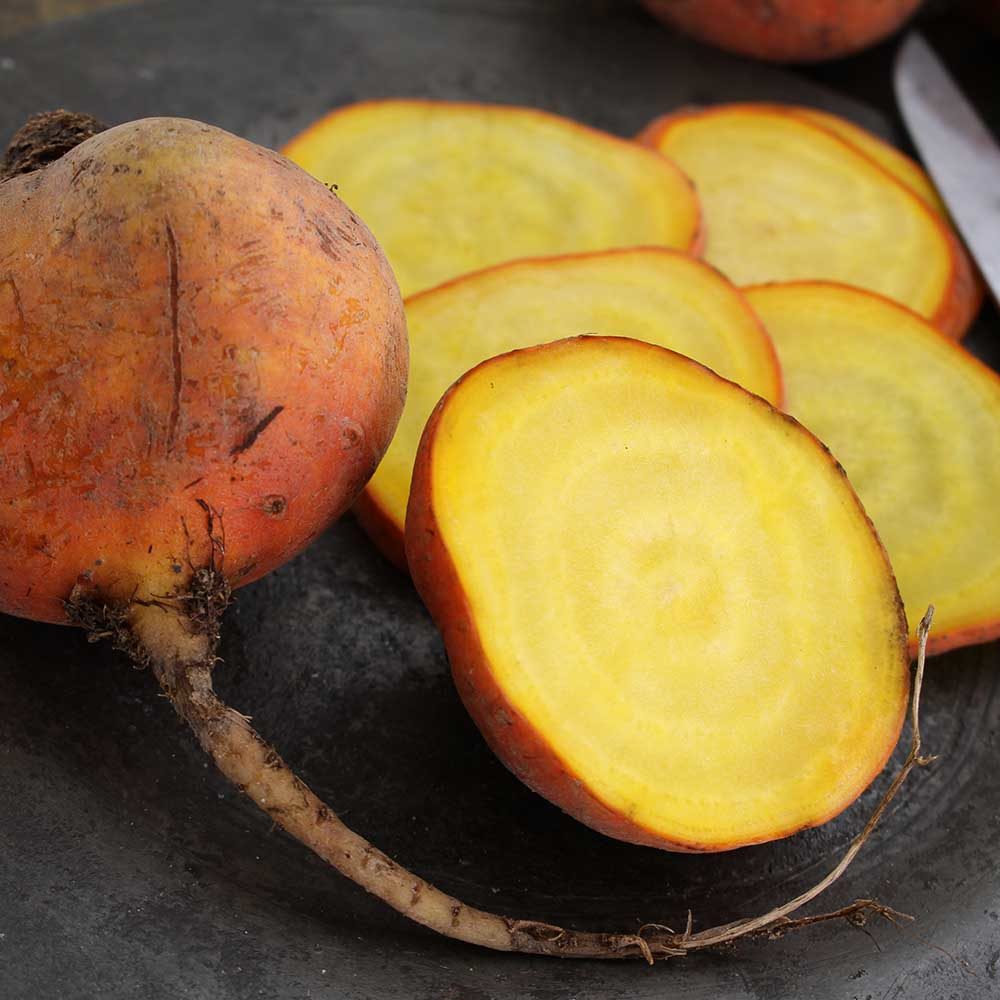
Tasty & Good For You!
Beetroot is absurdly full of Things-That-Are-Good-For-You.
The deep scarlet colour of beetroot comes from betalin, a useful compound which captures toxins and flushes them from the body.
Beetroots, and their green tops, are a source of vitamins A, B and K, manganese, copper, and potassium. Beets are high in fibre, anti-inflammatory agents, and naturally occurring nitrates which improve blood flow.
Easy To Grow
Beetroots are such an easy to grow vegetable that you can pretty much put some seeds into the ground, water them and forget about them.
You can grow them throughout the season, from mid-Spring to late Autumn.
As with all vegetable plants, you will get bigger, more delicious crops the more consistently you meet their needs. However beetroot doesn’t have very many demands; the most important being consistent watering in hot weather and some light weeding.
You will know they are ready when a good proportion of the beets are poking through the soil.
How To Grow Beetroot
Sow:
From March until July, plant seeds either straight into the ground or into little modules inside until you are ready to plant them out.
Sow thinly – roots don’t like getting crowded together and you will want one every 10 cms or so. Either be careful while sowing or alternatively pull out a few seedings once they sprout and use them in salads.
They like warm soil, so if you haven’t had much sunny spring weather, wait until it warms up a little bit. Alternatively sow indoors into modules.
Grow:
Well-manured and mulched soil, or rich compost, will yield the best beets.
Be careful not to disturb plants when weeding, especially when they are still small. Remember that beetroot is essentially a root, so be gentle with it and try not to damage it before it’s had a chance to grow. However, you will need to keep it weeded a bit, because fast-growing weeds will swamp the beetroot’s smaller leaves.
Growing in Containers
Round beets grow well in pots and containers, however the longer varieties will struggle for space.
To grow beetroot in a container:
- Choose pots about 20cm (8 inch) diameter and at least 20cm deep.
- Sow or pop seedlings into multi-purpose compost.
- If you are sowing seeds, sprinkle 2cm of soil on top and then thin the seedlings when they are about 2cm tall, leaving gaps of around 12cm (5 inches) between each plant.
Needs:
Beetroot plants might bolt if they get water stressed. This is when the plant thinks it may die, and quickly produces a flower which ultimately renders the root inedible. To prevent this, during warm weather give your plants a really good soak. This should be done every week or two.
Harvest:
From early June – October, usually around 6-8 weeks after sowing
Pests and Diseases:
Keep a close eye on your growing beetroot for signs of the following:
- Aphids which can cause black sooty mould.
- Downy mildew.
- Flea beetle.
Varieties to start with:
Boltardy – Reliable and bolt-resistant, sweet and juicy
Chioggia – Pretty, light pink and white striped variety, best roasted
Cylindra – Long rather than round roots are ideal for slicing and pickling
Golden – Deep yellow and very sweet, a good colour addition
Beetroot are delicious, and can be a eaten in a variety of ways. Try them pickled, sliced, grated, blended and cubed raw, roasted, mashed, juiced or sautéed. You can even add them to cakes (hey, what should carrots get all the glory?)
